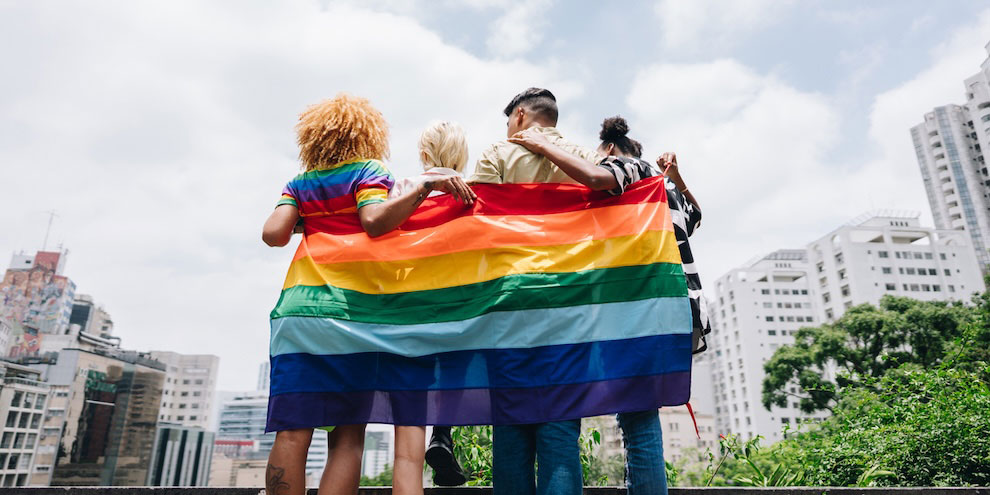How to authentically approach Pride Month
Editor’s note: Katya Skogen is the director, cultural insights at Collage.
With Pride Month in full swing, LGBTQ+ Americans and allies are not only celebrating community milestones but also critically evaluating brand participation. A recent report from Collage reveals that LGBTQ+ consumers seek substance and sincerity from brands. At the heart of this expectation lies a strong desire for year-round advocacy and culturally informed engagement.
What cultural traits shape LGBTQ+ consumer expectations?
Understanding the cultural traits that shape LGBTQ+ consumer behavior is essential for brands aiming to connect authentically. These traits influence not only how LGBTQ+ Americans perceive brand messaging but also how they evaluate a company’s long-term commitment to their community.
1. The drive for meaningful recognition
LGBTQ+ Americans want more than mere visibility and symbolic representation. They seek meaningful engagement that affirms their identity and contributions. According to Collage, 55% believe that brands should focus their Pride marketing on educating the public about the LGBTQ+ community, while another 55% want to see the cultural impact of LGBTQ+ Americans highlighted. Teaching LGBTQ+ history and celebrating diversity within the community also scored highly (51%).
2. Deep investment in cultural holidays and celebrations
LGBTQ+ consumers place strong emotional value on cultural observances, and they expect brands to do the same. Collage data indicates that over half (53%) of LGBTQ+ respondents now say it’s more important for brands to celebratecultural holidays, including Pride Month, than it was two years ago. Forty-five percent report they would reduce or stop purchasing from a brand that pulled back from such celebrations – revealing how much symbolic acts of support can influence brand loyalty.
3. Heightened brand skepticism
Skepticism of corporate or brand motives remains a persistent theme. Thirty-nine percent of LGBTQ+ Americans express doubt about brands’ intentions when they include cultural holidays in their advertising. The top signs of inauthenticity? Campaigns limited to Pride Month (63%), stereotypical portrayals (57%) and messaging that fails to reflect the real LGBTQ+ experience (55%).
How brands can resonate authentically
To build meaningful connections, brands must move beyond surface-level allyship and demonstrate consistent commitment:
- Prioritize education and representation: Highlight LGBTQ+ history, voices and resilience year-round, not just in June. Authentic representation in ads and partnerships with LGBTQ+ creators can reinforce credibility.
- Celebrate cultural impact, not just identity: Showcase how LGBTQ+ individuals have shaped culture, art and innovation across fields. This approach honors the community’s contributions while fostering pride and inclusivity.
- Sustain support beyond pride: Continuity matters. Visible presence during cultural moments throughout the year reinforces that LGBTQ+ support is not seasonal or opportunistic.
In a cultural climate demanding sincerity, brands that align values with action – especially around Pride – stand to build stronger, more loyal relationships with LGBTQ+ consumers.
